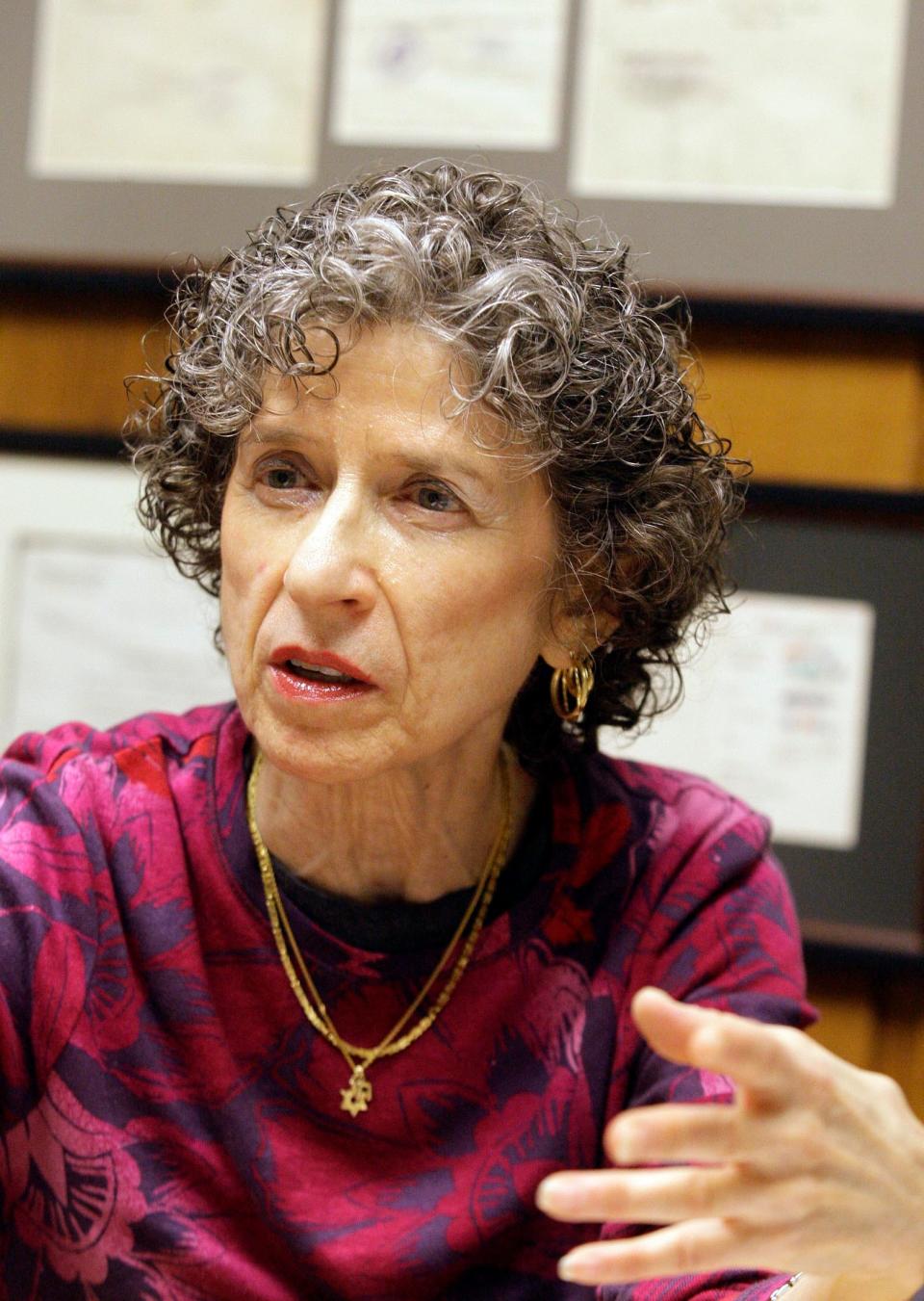Setting the record straight on Sheboygan's Holocaust refugee population
It was heartwarming to see the Sheboygan Symphony Orchestra blend a musical performance with information about the local Holocaust survivor population from the Warschau Holocaust Collection by Mead Public Library for Holocaust Remembrance Day last spring.
Yet, the April 12, 2023, Sheboygan Press article by Maya Hilty noting the event presented misconceptions. She referenced a January 1952 Sheboygan Press article with information also presenting misconceptions.
Ms. Hilty states 55 sponsored immigrants were a disproportionate number – too many, too few? It included children, three of whom were born in Sheboygan, so 52. Possibly other children counted were born in the USA. Another four had left Sheboygan at the time of the article. Six I knew moved a few years later, followed by several others.
As cited, a Sheboygan Jewish community group organized the Committee for New Americans to sponsor survivor immigrants, most likely in response to the United Service for New Americans, a new national agency created to oversee the refugee resettlement programs. One of USNA’s goals was to resettle refugees in communities across the United States working with local Jewish cooperating agencies, asking them to accept quotas of immigrants. Some did so willingly, others were less receptive. Almost every state sponsored some. Some immigrants had relatives or friends in the U.S. to help. Bigger cities often had additional resources. The path to resettlement of Holocaust survivors was multilayered and complex.
According to the 1952 article, the Committee helped “integrate” immigrants from May 1, 1949, to April 12, 1951. The implication that these survivors or any immigrants could all integrate so quickly is quite misleading.
Under the best of circumstances, we know integration takes time. It takes years to learn language, culture, find work, develop relationships and community while adjusting emotionally to trauma and loss. And integration is a two-way process: there needs to be enough acceptance in the elements of “host” communities, which is always a challenge.
Adding to that point by referencing the 1952 article again, Ms. Hilty writes the Committee brought the refugees and “helped integrate them into the community with jobs and housing,” none of which Is true.
Related: Oral historical video: Fela Warschau recounts the Jewish Ghetto and travels to Auschwitz
As written, it states: “they drew praise from the newspaper in integrating the immigrants into community life and aiding them in becoming self-sustaining,” the newspaper being The Wisconsin Jewish Chronicle.
Still not true.
My parents, Holocaust survivors, and I were part of the refugee population referenced. We shared the development of our lives (including my sister, born in Sheboygan) with many others in this group.
Having settled there, we made it our home.
My mother, Fela Warschau was well known in the state in her later years for speaking to various groups, schools, colleges and universities about the Holocaust. Now, the local survivors are gone, most of their descendants scattered across the country. It is important to remember this history as accurately as possible.

Martha B. Warschau is a New York City resident.
This article originally appeared on Sheboygan Press: Sheboygan Holocaust refugees: What to know about integration, more

